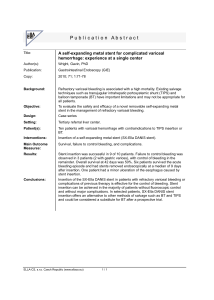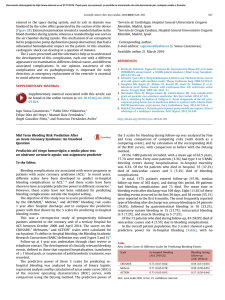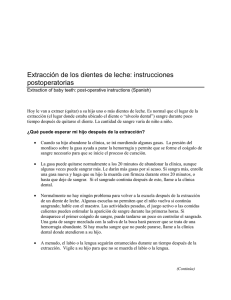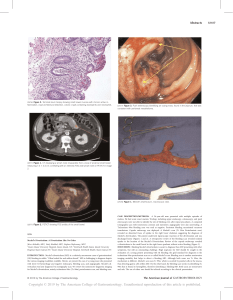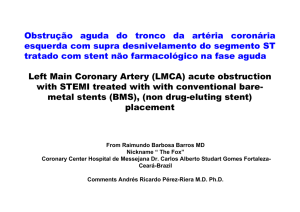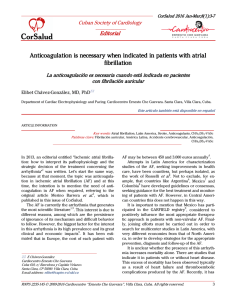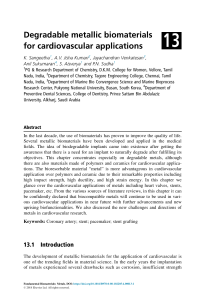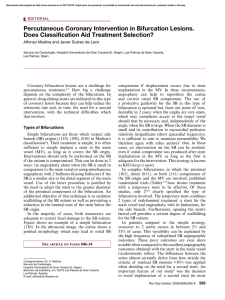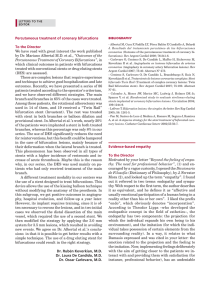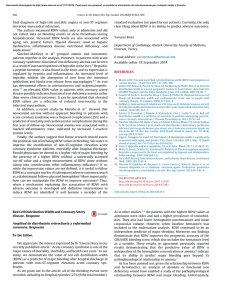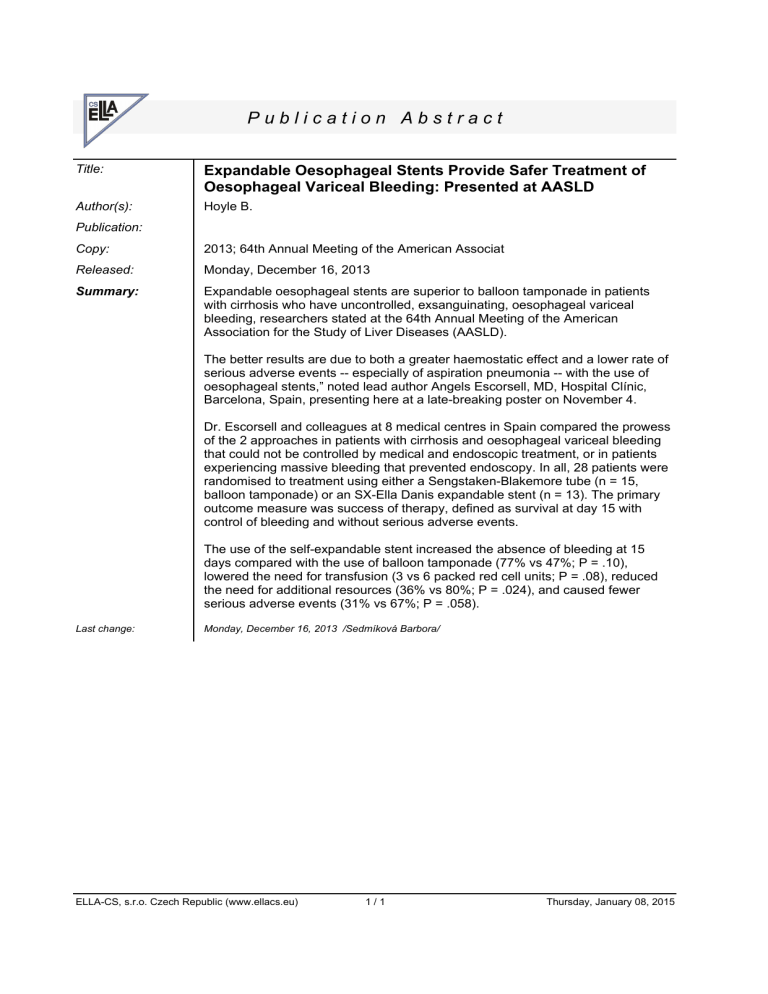
Publication Abstract Title: Expandable Oesophageal Stents Provide Safer Treatment of Oesophageal Variceal Bleeding: Presented at AASLD Author(s): Hoyle B. Publication: Copy: 2013; 64th Annual Meeting of the American Associat Released: Monday, December 16, 2013 Summary: Expandable oesophageal stents are superior to balloon tamponade in patients with cirrhosis who have uncontrolled, exsanguinating, oesophageal variceal bleeding, researchers stated at the 64th Annual Meeting of the American Association for the Study of Liver Diseases (AASLD). The better results are due to both a greater haemostatic effect and a lower rate of serious adverse events -- especially of aspiration pneumonia -- with the use of oesophageal stents,” noted lead author Angels Escorsell, MD, Hospital Clínic, Barcelona, Spain, presenting here at a late-breaking poster on November 4. Dr. Escorsell and colleagues at 8 medical centres in Spain compared the prowess of the 2 approaches in patients with cirrhosis and oesophageal variceal bleeding that could not be controlled by medical and endoscopic treatment, or in patients experiencing massive bleeding that prevented endoscopy. In all, 28 patients were randomised to treatment using either a Sengstaken-Blakemore tube (n = 15, balloon tamponade) or an SX-Ella Danis expandable stent (n = 13). The primary outcome measure was success of therapy, defined as survival at day 15 with control of bleeding and without serious adverse events. The use of the self-expandable stent increased the absence of bleeding at 15 days compared with the use of balloon tamponade (77% vs 47%; P = .10), lowered the need for transfusion (3 vs 6 packed red cell units; P = .08), reduced the need for additional resources (36% vs 80%; P = .024), and caused fewer serious adverse events (31% vs 67%; P = .058). Last change: Monday, December 16, 2013 /Sedmíková Barbora/ ELLA-CS, s.r.o. Czech Republic (www.ellacs.eu) 1/1 Thursday, January 08, 2015
